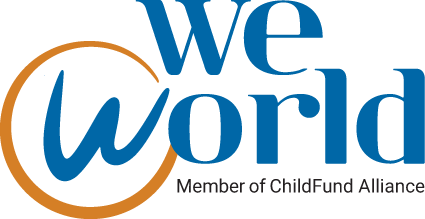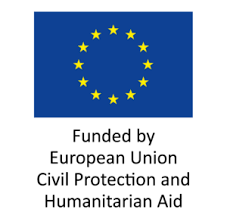The context
The humanitarian context in Mali remains marked by a complex crisis resulting from a vulnerable security situation, exacerbated by structural vulnerability factors, socio-economic challenges and the effects of climate change such as historically high flooding and recurrent drought.
By 2025, around 6.4 million people, or 28% of the current population, will be in need of humanitarian aid and protection. The situation is particularly serious in the conflict-affected areas of northern and central Mali, where access restrictions and multiple displacements exacerbate conditions of vulnerability and limit access to basic services.
The increase in the price of basic foods and the global reduction in economic opportunities, which have led to an erosion of livelihoods, have significantly reduced the ability of households living in poverty to access food: many of them are forced to sell their produce in order to buy a meal.
Our intervention
In response to this situation and to support internally displaced households and host communities in vulnerable conditions in the Bandiagara and Douentza regions, we have planned a series of activities with our Malian partner ODI Sahel, focusing on food assistance:
- Cash transfers to meet the food needs of 400 internally displaced people and 100 households in host communities
- Cooking demonstrations to prepare meals for households using food from local markets
- Distribution of enriched flour to fight malnutrition among 420 children aged between 5 and 23 months
- Awareness sessions on good infant and young child nutrition practices and the protection risks associated with the crisis for mothers
- Emergency agricultural activities and support for livelihoods through the distribution of food kits, soilless kits and small ruminant rearing kits, accompanied by training in their use.

